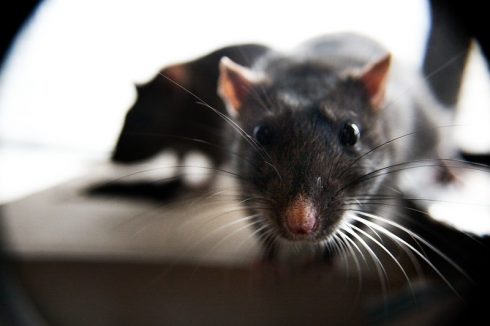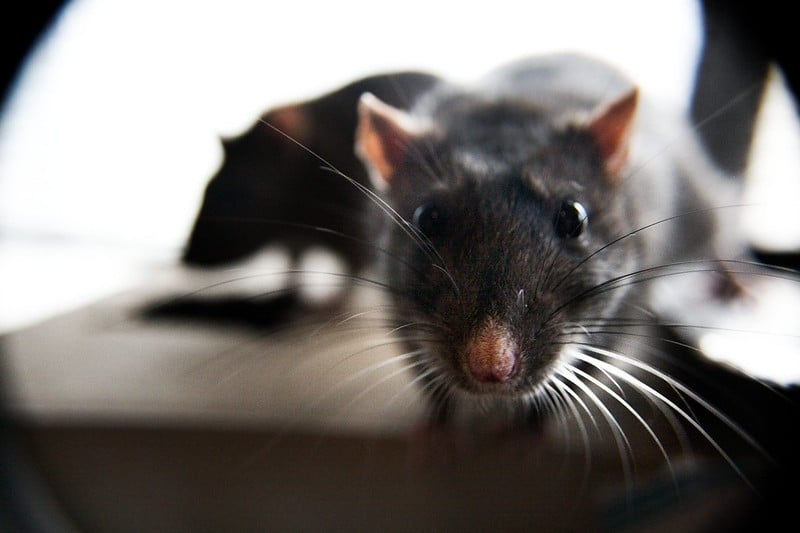PEST controllers in Spain have issued a stark warning – the nation’s black rat population is booming across urban centres.
Rattus Rattus is on the rise, according to the National Association of Environmental Health Companies (ANECPLA) which held a meeting in Madrid of pest professionals from across Spain to discuss the problem.
They warned that the rats can carry a host of nasty diseases including leptospirosis, toxoplasmosis and hantavirus which can prove serious and even fatal if passed to humans.
So far this year in the city of Madrid, 35 outbreaks have been dealt with, almost three times the number that were recorded two years ago in 2019 when just a dozen were brought under control.
Serious outbreaks have also been detected in Valladolid, Valencia and Barcelona.
But what is behind the proliferation of rat colonies?
The lockdown is seen as a likely explanation of rats moving further in urban centres and empty office buildings seeking out food while the streets emptied during the early weeks of the pandemic.
Unlike the brown rat (Rattus Norvegicus) which live and move across the city underground through the sewer system, black rats move overground and tend to live in parks or abandoned plots.
The rodents often live in trees in nests like birds and with so many parks in cities such as Madrid this means they can live virtually undetected in very close proximity to humans.
An adult black rat weighs around 250grams and is about between 13 and 19cm in length not including the tail which is longer than the body. There are described as extremely agile with ‘an amazing reproductive capacity’. A female can produce up to five litters a year producing an average of eight young each time.
Earlier this year Madrid city council warned its citizens that the black rat population was on the rise but insisted “Don’t panic, we are not talking about a plague”.
“Their presence is exhaustively monitored by pest control operatives of the Madrid City Council,” said the City’s Halls Milagros Fernández de Lezeta back in February.
What can be done to curb the population boom?
Experts insist that a joint effort –from authorities and citizens – is required to tackle the growing rat problem.
But because of the habitat of black rats it isn’t as simple as laying down poison.

“Until now, both the environmental health companies and the town hall prevention plans focussed on the sewer rats, whose eradication is carried out inside the sewer itself,” he explained.
“But this species move through very public areas such as parks, gardens, any green area – those same places where children play and residents walk their dogs, so that complicates things,” explained Sergio Monge from Anecpla.
“Herein lies the main challenge of this species,” he said.
Jose María Cámara, a vet working with the public health department in Madrid insists that “in order to control the situation, rapid action is essential from the first detection of black rats.”
He insisted that park workers should raise the alarm if rats are seen and so should the public.
“In addition to collaboration between all the authorities involved, establishing a dialogue with the public and park and garden workers, etc. is important.”
However, the most effective way to control the population was to eradicate their food source, experts confirmed and that means not proper disposal of litter and effective rubbish collection.
People were also told to stop feeding the pigeons and leaving food out for cat colonies.
Jorge Galván, also of Anecpla, said: “Food remains left on the street will undoubtedly attract black rats as well, encouraging their spread and reproduction.”
READ ALSO:
- Residents in one of the oldest neighborhoods in Spain’s Malaga concerned over plague of rats infesting the area
- RATS! Watch the moment rodent causes mayhem and sends Vox MP fleeing chamber during vote in Spain’s Andalucia
- VIDEO: How wild boars are increasingly terrorizing urban zones in Spain and why archers are coming to the rescue
Click here to read more Spain News from The Olive Press.








